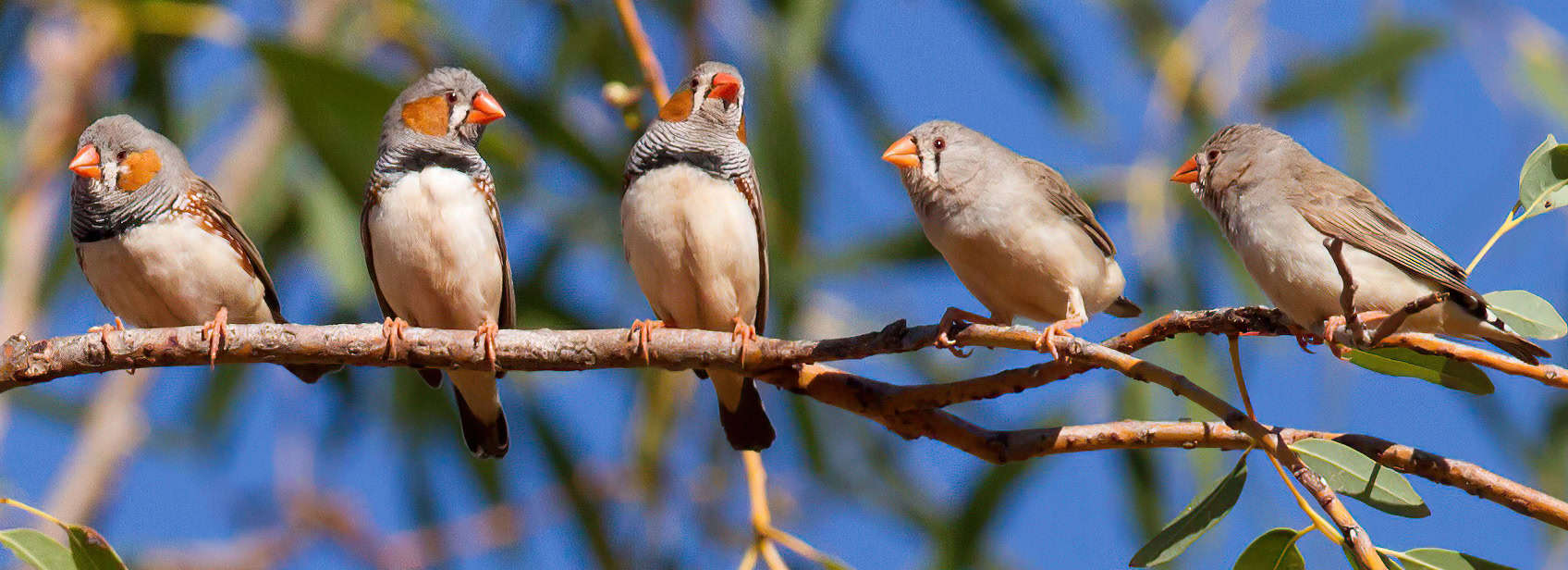Share this article
Study finds birds that migrate long distances survive better in winter
Using weather radar to study North American bird migrations, researchers at the Cornell Lab of Ornithology made a surprising discovery: birds leaving the United States on long, hazardous journeys to the tropics each fall actually survive better than those making shorter flights to cooler climes closer by.
Of those short-distance migrants, which include American robins (Turdus migratorius), dark-eyed juncos (Junco hyemalis) and many sparrows, “many don’t make it through the winter,” said Adriaan Dokter, a postdoctoral fellow at the Cornell lab and lead author of the study published in Nature Ecology & Evolution.
Dokter’s team used data from 143 weather stations across the United States between 2013 and 2017, and cloud computing to crunch all that data. Developing complicated algorithms to measure the amount of bird biomass in the air picked up by the radar, they estimated how many birds cross the borders with Canada and Mexico each year in spring and fall.
They found 4.7 billion birds fly south over the southern U.S. border each fall. Another 4 billion birds leave Canada for the United States.
Those numbers plunge on the return journeys. In the spring, 3.5 million birds cross back to the United States — a 76 percent return rate. Some 2.6 billion birds return to Canada each spring — a 64 percent return rate.
That surprised the researchers, who expected the longer journeys to the tropics would put these birds at greater risk.
Yet it makes some sense, Dokter said. Why risk the long migration to the tropics if it didn’t have a payoff?
Species wintering in the tropics simply have different strategies of survival, he said. “Neotropical migrants set off on a long and risky journey, but once they get to the tropics, birds have a good chance of survival because of an abundance in food and nice weather,” he said. “Species of bird wintering in the United States have a harder time in the winter with less food and cold weather. That leads to more deaths, which birds have to compensate each year by producing more young.”
Still, Dokter worries about birds that winter in the tropics. Studies have shown that many species that migrate long distances are in decline. Although their survival rate in the winter is higher, they may depend on those high rates to sustain their populations, Dokter said. The survival strategy of neotropical migrants may be in jeopardy if conditions in the tropics deteriorate.
“We have to make sure that in the future, birds can still have a high survival in the tropics,” he said. “If conditions in the tropics for birds deteriorate, they will start to decline, a process that we may be witnessing already.”
Weather radar is increasingly being used to get a picture not just of the conditions of the sky but of the birds flying in the sky. One recent study in Science used weather radar to predict the timing and location of bird migrations.
“What triggered me was especially this question of where birds are dying,” Dokter said. “It’s really one of the key questions we need to understand to protect the mass spectacle of migration, and also one of the questions we know very little about. Most field studies are on the breeding grounds, because breeding is a very important stage in the life of a bird. But then birds start to migrate and leave researcher’s study areas. They cross these huge continents across huge areas and they spend most of their migration on non-breeding grounds. It’s hard to keep track of these birds and even more difficult to know how many are dying.”
Dokter said he would like to go back farther into 25 years’ worth of weather radar archives to get a sense of how these numbers have changed over time.
“By looking at the variation from year to year in how bird numbers change, maybe we come a step closer to answering the question of which periods in the annual cycle are most critical to the birds,” he said. “Traditionally we always thought it was the breeding season, but because these long-distance migrants spend such a long time in the tropics, it might also be that what happens there is as important to how these birds are doing.”
Header Image: Birds that make shorter migrations, such as the American robin, have lower survival in the winter than those that migrate to the tropics, a recent study found.








